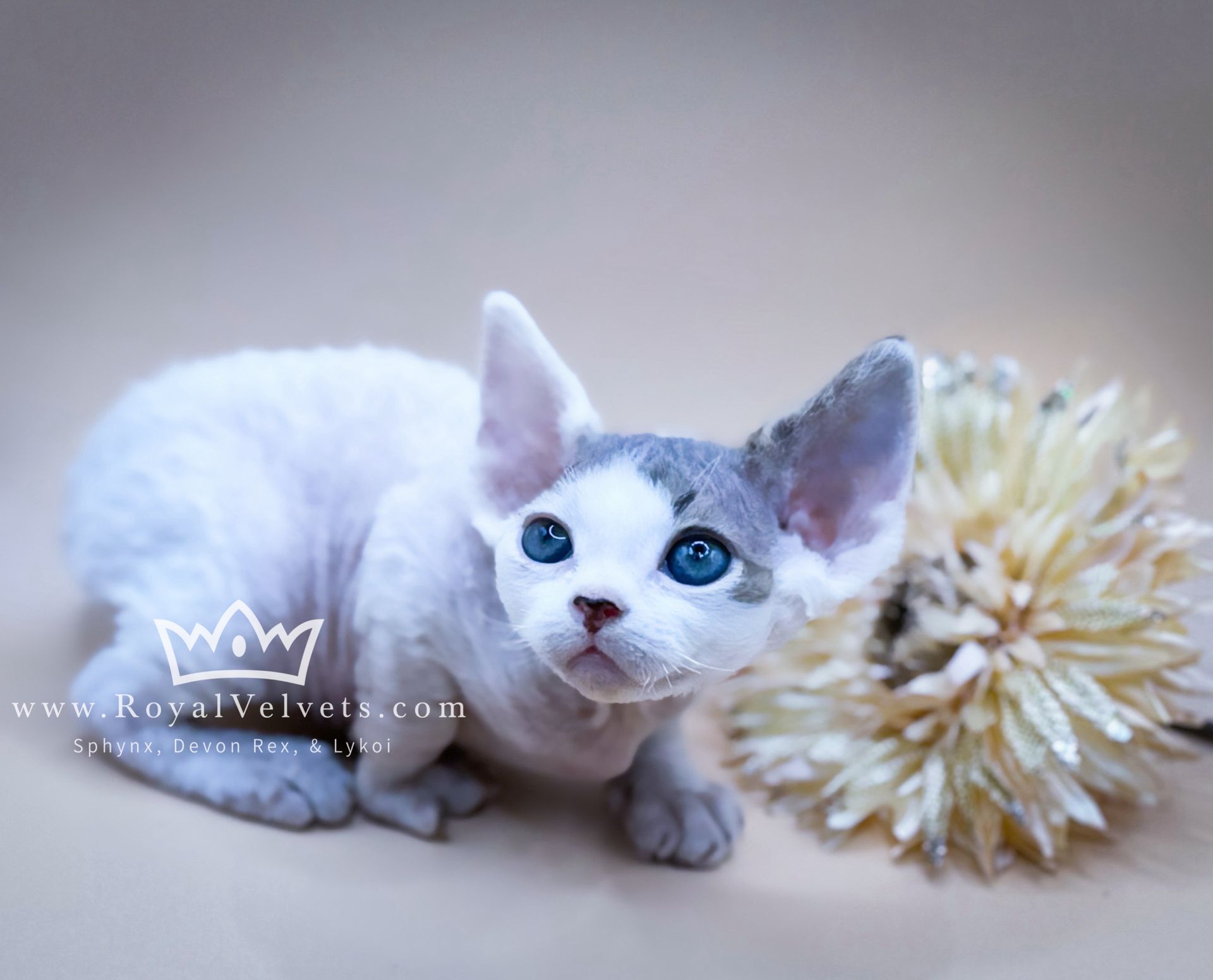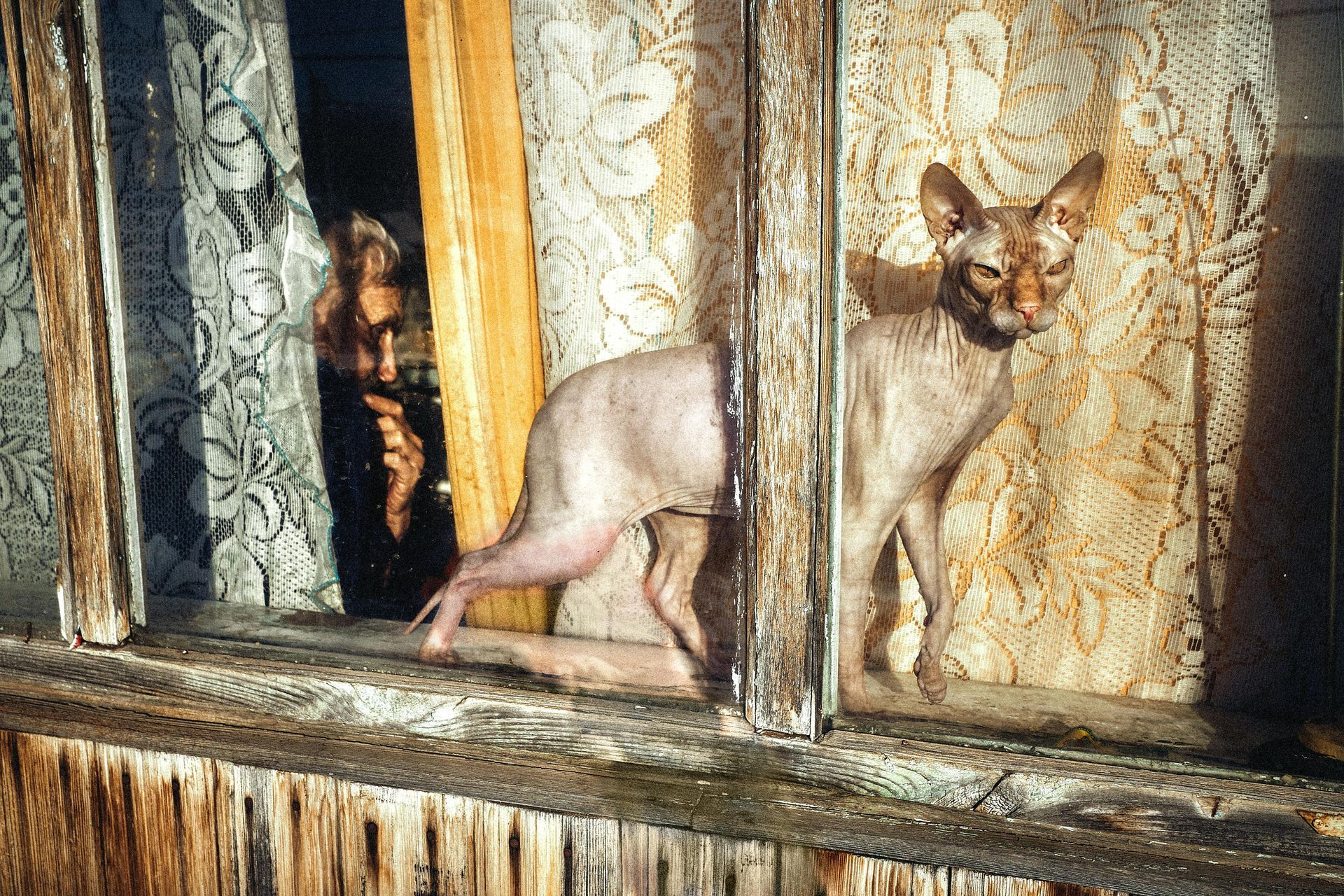The point gene is responsible for the striking coat patterns seen in breeds like Siamese, Ragdolls, and Himalayans. This fascinating genetic trait is governed by a recessive gene, which means that for a kitten to inherit and express the pointed pattern, both parents must carry and pass on a copy of the gene.
How the Point Gene Works
The point gene is a form of temperature-sensitive albinism caused by a mutation in the TYR gene. This mutation affects pigmentation, restricting color development to the cooler areas of the body—such as the ears, face, paws, and tail—while the warmer areas remain lighter. This is why pointed cats have a distinctive contrast between their body and extremities.
Interestingly, kittens are born completely white because they develop inside the warmth of their mother’s womb. As they grow and their body temperature regulates, their points begin to darken, revealing their final color pattern over the first few weeks or months of life.
The Recessive Nature of the Point Gene
Since the point gene is recessive, a kitten must inherit two copies—one from each parent—to display the pattern. If a cat inherits only one copy, it will not be pointed but will still carry the gene and can pass it on to future offspring.
Genetic Possibilities in Breeding
Understanding how the point gene is passed down can help breeders predict the likelihood of pointed kittens in a litter:
- Two non-pointed parents (who do not carry the gene) = No pointed kittens.
- One pointed parent + one non-pointed parent (who does not carry the gene) = No pointed kittens, but all will be carriers.
- One pointed parent + one non-pointed parent (who carries the gene) = About 50% of the kittens may be pointed, and the rest will be carriers.
- Two carriers (not visibly pointed) bred together = About 25% of the kittens may be pointed.
- Two pointed parents bred together = 100% of the kittens will be pointed.
Because of this inheritance pattern, pointed kittens can sometimes appear unexpectedly in litters if both parents secretly carry the gene but do not show it themselves. This is why genetic testing is such an important tool for breeders—it helps identify hidden traits and allows for informed breeding decisions.
Why Understanding the Point Gene Matters
By understanding the genetics behind the point gene, breeders can make strategic choices to maintain genetic diversity while preserving this unique and beautiful trait. Whether you are a breeder, a cat enthusiast, or just someone fascinated by feline genetics, the point gene serves as a perfect example of how science shapes the incredible variety we see in our feline companions.


